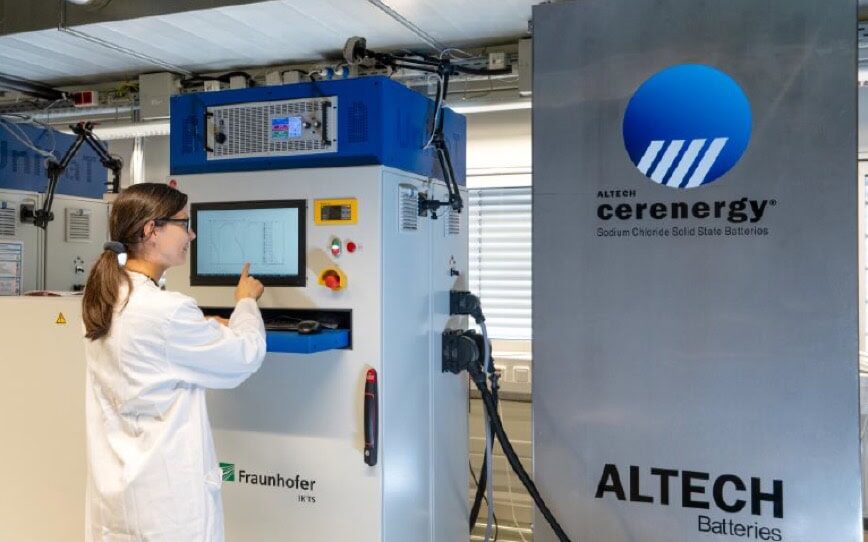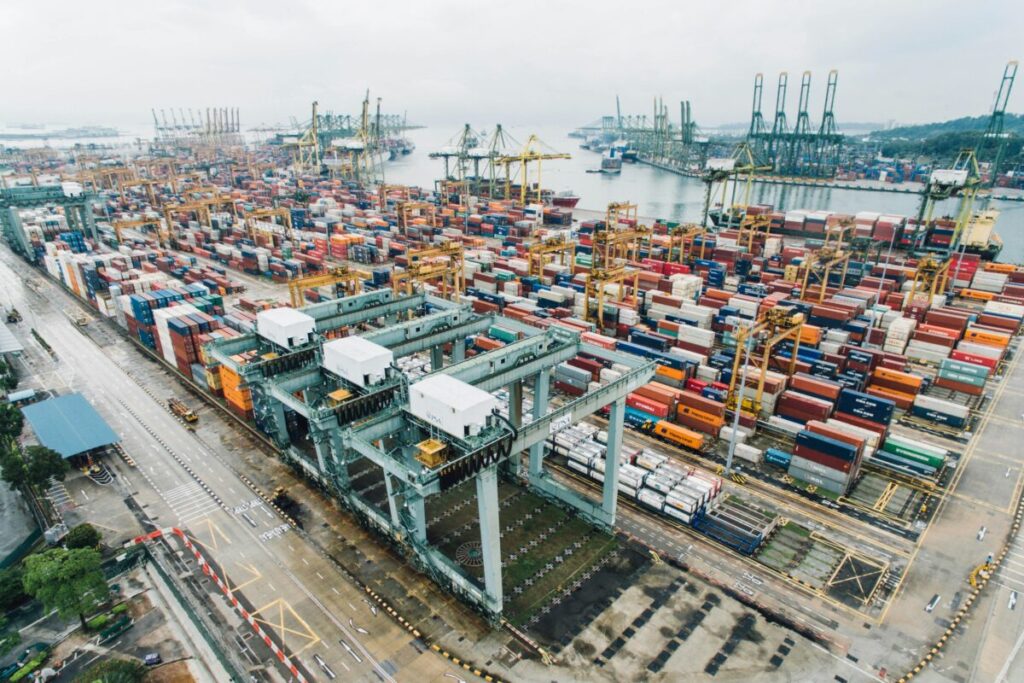China’s solar energy production capacity is facing a downturn that is unlikely to translate into growth in other regions, writes S&P’s Edurne Zoco.
The PV module supply chain will undergo a transformation in 2024, characterized by oversupply, policy uncertainty and low prices that will affect production capacity expansion and factory utilization rates.
Oversupply has been at the center of the solar supply chain since the second quarter of 2023, but there are signs that the trend is changing. In 2024, the supply chain has experienced a slowdown. Rationalization efforts in China are aimed at controlling corporate expansion and increasing industry entry barriers. Since June 2024, expansion plans have been postponed or terminated. China’s Ministry of Industry and Information Technology submitted a revision of the policy on normative conditions for the photovoltaic manufacturing industry for public consultation in early July 2024. The review encourages companies to reduce capacity expansion and focus on innovation and cost reduction, to promote sustainable development.
In today’s market, it is challenging to predict Chinese bankruptcies or industry exits at the module level. Financial challenges limit capacity expansion plans, but will not automatically translate into market exit and consolidation. The sector has grown more than tenfold since the last oversupply cycle, more than a decade ahead of 2024. The solar sector is highly concentrated, making consolidation increasingly complex. However, since the first quarter of 2024, there has been a noticeable decline in the utilization rate of global production capacity for PV systems. Lower occupancy is attributed to limited demand growth and high inventory levels, leading to a market glut.
China’s weakening domestic economy means maintaining an oversized domestic supply chain is a challenge. Since 2014, a 20-fold increase in solar installations in China has supported manufacturers’ aggressive expansion plans. However, the exponential growth of demand in China appears to have stalled.
In this context, leading suppliers are being forced to adapt their strategies and halt production capacity expansion plans in response to tougher economic conditions. Additionally, China’s solar installation growth is slowing, threatening annual module shipment guidance from leading suppliers in current demand scenarios managed by S&P Global Commodity Insights.
China’s dominance in PV manufacturing is likely facing its worst downturn yet. The second half of 2024 is expected to see a decline in Chinese PV production capacity due to oversupply and continued losses. However, production cancellations and idle capacity in China do not immediately translate into new capacity in other regions – on the contrary.
Future plans
The future of solar cell and module production in Southeast Asia depends on the upcoming preliminary assessment of anti-dumping and countervailing duties by the US Department of Commerce. Most Chinese solar suppliers with production capacity in the four Southeast Asian countries surveyed (Cambodia, Malaysia, Thailand and Vietnam) have stopped shipping to the United States due to the increased risk of retroactive tariffs on their products applied. PV plants in those countries significantly reduced capacity utilization and even closed before the preliminary determination, which was expected in July 2024 but had not yet been made public at the time of going to press. If the imposed tariffs prove financially unfeasible to continue exporting cells or modules to the United States, the largest production capacity outside China would remain underutilized in the second half of the year: up to 100 GW of idle cells and modules. annual production capacity.
The consequences for China of continued onshoring in the United States and India are also becoming increasingly uncertain. An expected increase in module manufacturing capacity in India and the United States is driven by government initiatives and incentives that boost domestic production in the solar industry, such as India’s Manufacturing Incentive Program and the U.S. Inflation Reduction Act (IRA). In the case of the United States, investors and manufacturers are facing unprecedented uncertainty due to the upcoming presidential election in November 2024, as well as recent developments in the courts, most notably the reversal of the long-standing doctrine of the US Supreme Court, known as “the Chevron deference.” Such decisions open new avenues for challenging federal regulatory actions that allow the deployment of capital in connection with projects that benefit from the law, and could extend to challenging various aspects of the IRA, which would create serious uncertainty for investors can cause.
In addition to policy uncertainty, questions also remain about the actual dependence of the US and Indian solar markets on Chinese products, technology and the equipment needed to establish a domestic supply chain, as significant gaps exist between module production capacity and local capacity for other nodes and materials in the PV supply chain.
The current oversupply scenario poses a challenge to rising module prices. With low or negative margins expected from the third quarter of 2024, and limited room for further production cost cuts, manufacturers are in a tight spot. The industry does not expect a balanced supply and demand cycle until after 2025, which could provide relief to manufacturers still active in the market at that stage. Until then, manufacturers, policymakers and industry stakeholders must carefully address these challenges to ensure the sustainable growth of the global PV industry and prepare for the next cycle.
About the author: Edurne Zoco is executive director of the Clean Energy Technology group at S&P Commodity Insights. She leads research in solar energy, supply chains and carbon sequestration. She has been involved in the PV industry for over a decade and has written cost analysis models, business benchmark reports, price forecasts, supply chain analyzes and technology outlooks.
The views and opinions expressed in this article are those of the author and do not necessarily reflect those of the author pv magazine.
This content is copyrighted and may not be reused. If you would like to collaborate with us and reuse some of our content, please contact: editors@pv-magazine.com.
Popular content


